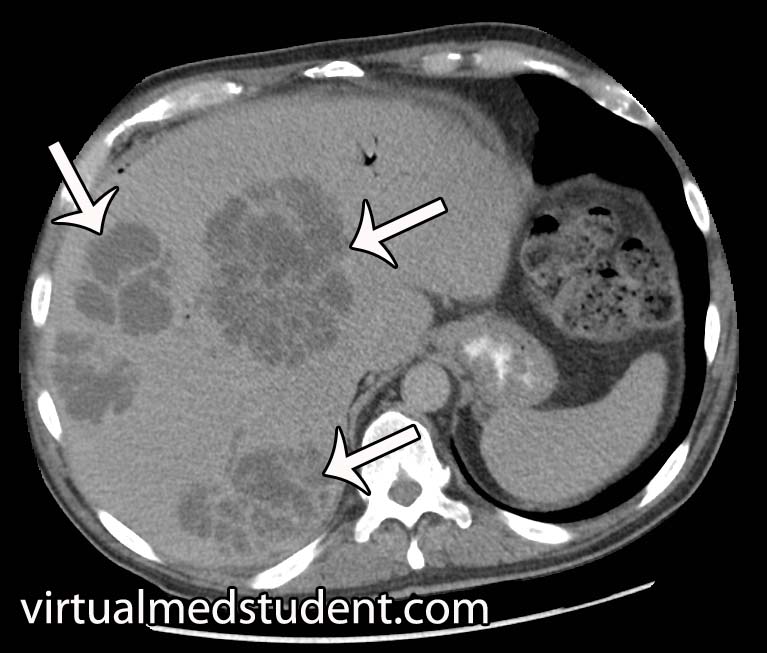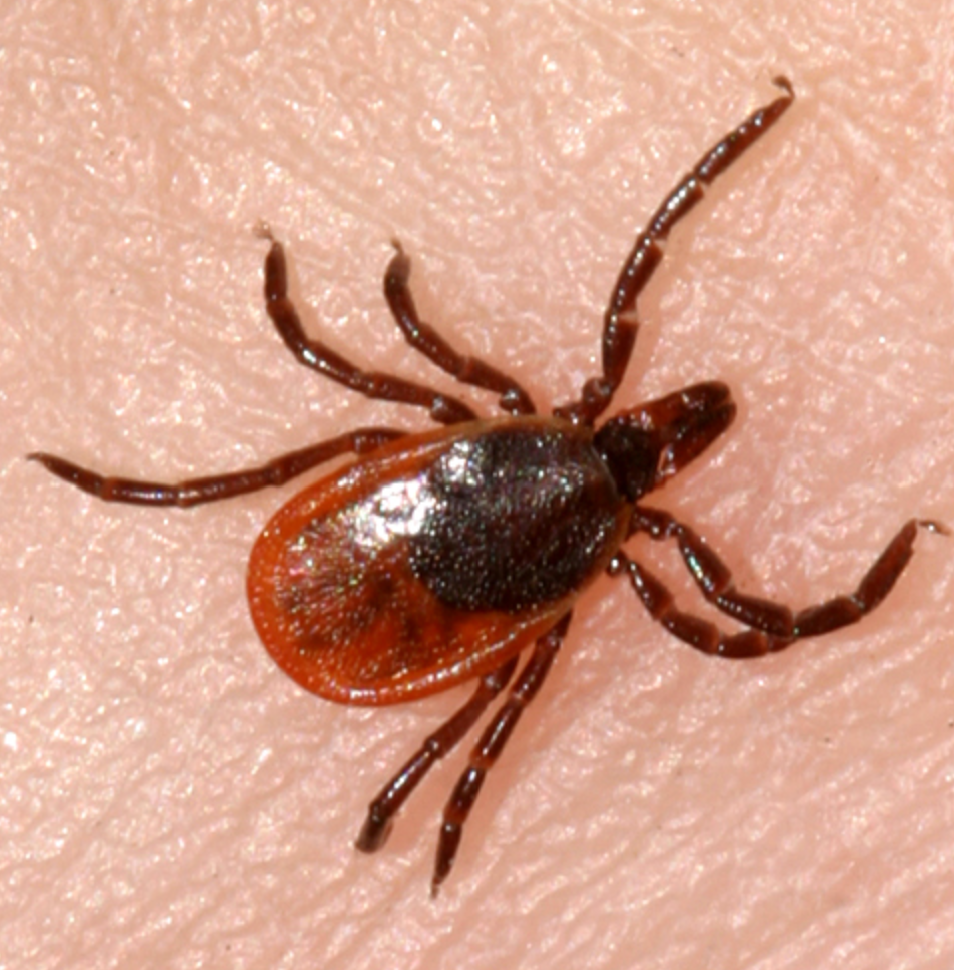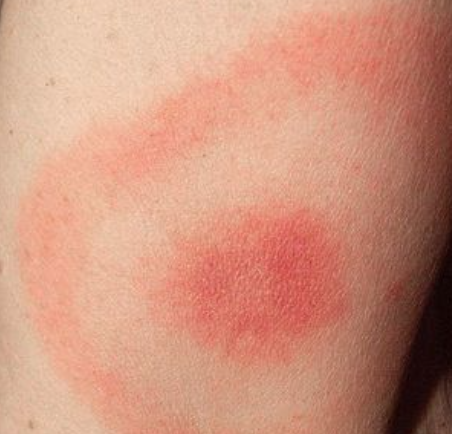Enterobius vermicularis, better known as pinworm, is a nematode or roundworm. Like other worms it has a unique lifecycle that is quite interesting, albeit somewhat disgusting! It begins when an egg is ingested by a human. Eggs are usually ingested because of poor hygiene (ie: not washing your hands after doing number 2) and can sometimes be found in contaminated food. Once ingested the eggs hatch in the small intestine. From there the worms migrate to the large intestine where they mate. For unknown reasons the pregnant females head towards the anus at night where they lay their eggs.
The eggs are then shed in the feces and potentially picked up by another unlucky host. It is the most common worm related infection in the United States.
Signs and Symptoms
The eggs in the perianal area are extremely pruritic (ie: itchy). Scratching of the anus secondary to the intense pruritis can lead to skin breakdown and potential bacterial super infection. The symptoms are generally most severe at night because this is when the females migrate to the anus to lay their eggs. Systemic signs are generally not present although some patients can have malaise (ie: feeling "crappy").
Diagnosis
The traditional way of diagnosing is the "scotch tape" test. The clinician takes a piece of scotch tape and applies it to the patient’s perianal region. Eggs can be seen on the tape once its removed. The best time to perform this test is early in the morning before bathing or at night.
Treatment
Two anti-helminth medications are used to treat pinworm. The first is albendazole. Generally a single dose is enough to kill all worms, but since eggs may be present on clothing, bedding, etc. a second dose is often given two weeks later. Mebendazole is another medication that is also given as a single dose repeated two weeks later. These medications work by inhibiting microtubule polymerization in the cytoplasm of the worm’s cells.
Overview
Enterobius vermicularis (pinworm) is the most common worm infection in the United States. It causes an intense itch in the perianal area that is worst at night. It is diagnosed by the "scotch tape" test. Treatment is with albendazole or mebendazole.
Related Articles
References and Resources
- Cañete R, Escobedo AA, Almirall P, et al. Mebendazole in parasitic infections other than those caused by soil-transmitted helminths. Trans R Soc Trop Med Hyg. 2009 May;103(5):437-42. Epub 2009 Feb 4.
- Stermer E, Sukhotnic I, Shaoul R. Pruritus ani: an approach to an itching condition. J Pediatr Gastroenterol Nutr. 2009 May;48(5):513-6.
- http://www.dpd.cdc.gov/dpdx/html/enterobiasis.htm


